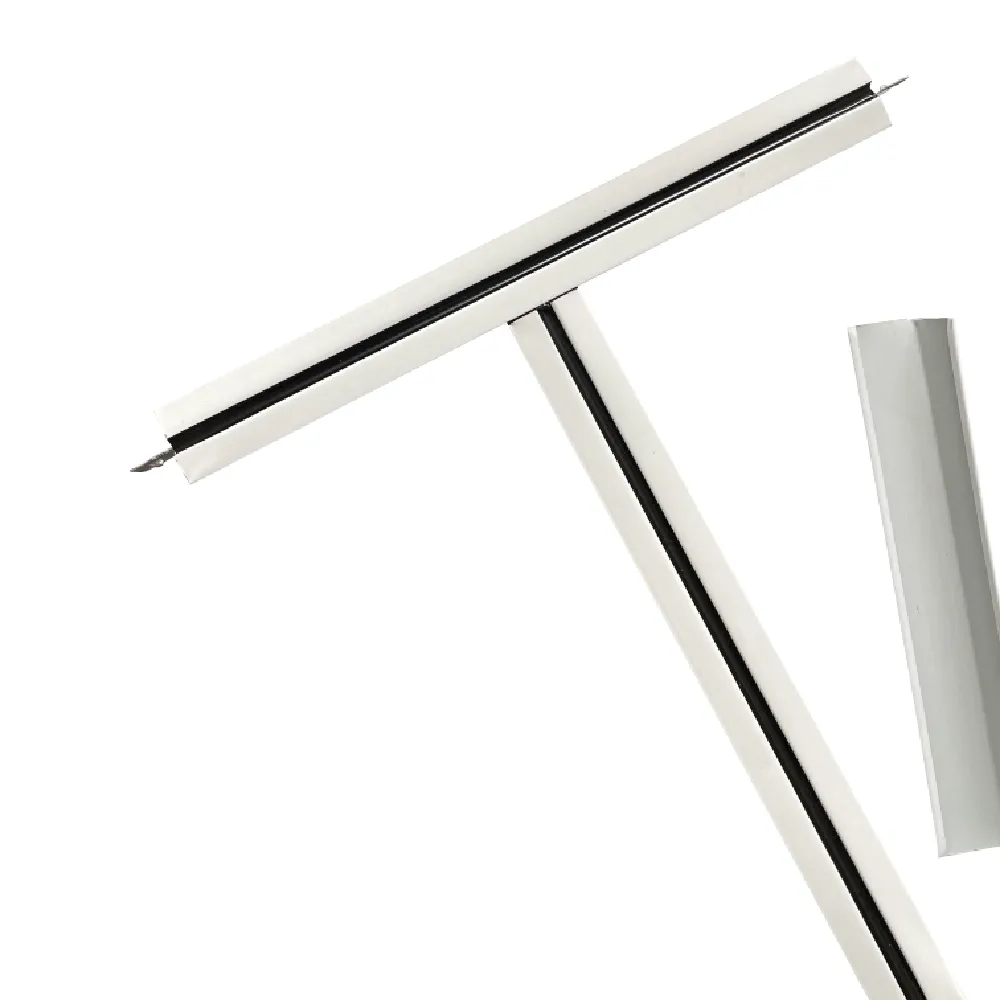Dec . 20, 2024 14:26 Back to list
Standard Sizes for Ceiling Access Panels Explained and Compared
Understanding Standard Ceiling Access Panel Sizes A Comprehensive Guide
Access panels play a critical role in building maintenance and functionality, providing convenient entry points to hidden spaces within ceilings, walls, or floors. These panels facilitate easy access to plumbing, electrical wiring, and HVAC systems, which can be essential for repairs, inspections, or routine maintenance. However, while they serve a vital purpose, selecting the right size is crucial for efficiency and effectiveness. This article explores the standard sizes of ceiling access panels, their applications, and best practices for installation.
Importance of Standard Sizes
Standardization in construction materials, including access panels, helps in streamlining projects and reducing costs. By adhering to standard sizes, builders and contractors ensure compatibility with various construction techniques and architectural styles. Standardized dimensions also make it easier to stock materials, as suppliers can predict demand more accurately.
Common Standard Sizes
Access panels come in various sizes, but some common standard dimensions are widely accepted in the industry. The most frequently used sizes for ceiling access panels include
- 12 x 12 (30 cm x 30 cm) Ideal for small openings where limited access is needed, often used in residential settings. - 12 x 24 (30 cm x 60 cm) This size offers a bit more room, making it suitable for accessing larger fixtures like ductwork or plumbing. - 16 x 16 (40 cm x 40 cm) A versatile option that balances size and accessibility. - 24 x 24 (60 cm x 60 cm) Commonly used in commercial buildings, this size allows broader access to larger systems. - 36 x 36 (90 cm x 90 cm) For extensive workspaces, this size can accommodate substantial equipment or installations.
While these are standard sizes, custom sizes can also be made to fit unique architectural needs. When selecting an access panel, it’s crucial to consider the specific requirements of the installation site to ensure optimal functionality.
Applications of Ceiling Access Panels
Access panels are employed in various applications, including
standard ceiling access panel size

1. HVAC Systems They provide access to ductwork and ventilation systems for maintenance and inspection. 2. Electrical Wiring Used to conceal and access electrical conduit and junction boxes, ensuring safety and compliance. 3. Plumbing Systems Allows easy access to plumbing lines for repairs and inspections without damaging walls or ceilings. 4. Service Areas Frequently found in commercial buildings where routine maintenance is required.
Best Practices for Installation
Installing a ceiling access panel requires careful consideration to ensure that it functions as intended. Here are some best practices
- Location Selection Identify areas where access is frequently needed. Install the panel in unobtrusive locations that don't compromise the aesthetics of the space. - Proper Alignment Ensure that the access panel is level and flush with the ceiling surface. Uneven installations can lead to accessibility issues and create safety hazards.
- Material Choice Select panels made from durable materials that can withstand frequent use. Options include metal, plastic, and gypsum board, each suited for different environments.
- Sealing and Insulation For panels installed in insulated ceilings, consider implementing sealing techniques to maintain energy efficiency.
- Labeling Clearly label access panels in closed ceilings. This practice helps technicians locate panels quickly during maintenance works.
Conclusion
The choice of a ceiling access panel size is a pivotal aspect of building design and maintenance. Standard dimensions provide a reliable framework for ensuring compatibility and functionality across different applications. By understanding the common sizes, application contexts, and installation best practices, builders and property owners can make informed decisions about access panels that enhance their building's operational efficiency and maintenance ease. Investing in suitable access solutions not only facilitates smoother operations but can also lead to significant long-term cost savings in maintenance and repairs.
-
Quality Ceiling Trap Doors & Access Panels | Easy & Secure AccessNewsAug.30,2025
-
Durable Ceiling T Grid Systems | Easy InstallationNewsAug.29,2025
-
PVC Gypsum Ceiling: Durable, Laminated Tiles for Modern SpacesNewsAug.28,2025
-
Pvc Gypsum Ceiling Is DurableNewsAug.21,2025
-
Mineral Fiber Board Is DurableNewsAug.21,2025
-
Ceiling Tile Clip Reusable DesignNewsAug.21,2025







